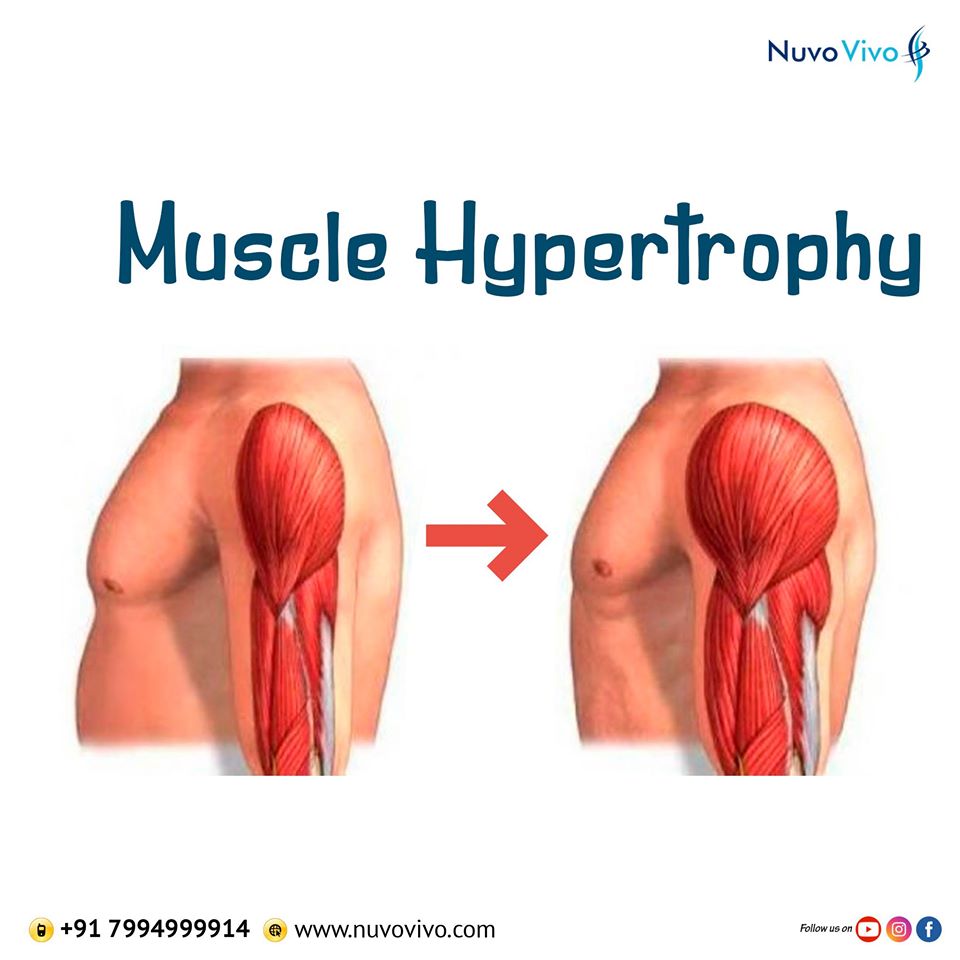A report comes back indicating that muscular hypertrophy has occurred. A nurse recalls that muscular hypertrophy involves an increase in muscle cell:
Size
Vacuoles
Types
Number
The Correct Answer is A
Choice A: Size
Muscular hypertrophy refers to the increase in the size of muscle cells12. This process typically occurs as a result of strength training, where the muscles are subjected to stress and damage, leading to the repair and growth of muscle fibers. The increase in muscle cell size enhances muscle strength and mass, making it a key goal for athletes and bodybuilders.
Choice B: Vacuoles
Vacuoles are membrane-bound organelles found in cells, primarily involved in storage and transport of substances3. While vacuoles play important roles in cellular function, they are not directly related to muscular hypertrophy. The primary change in muscular hypertrophy is the increase in muscle cell size, not the number or size of vacuoles.
Choice C: Types
Muscle cells can be categorized into different types, such as slow-twitch (Type I) and fast-twitch (Type II) fibers4. However, muscular hypertrophy does not involve a change in the types of muscle cells. Instead, it focuses on the growth and enlargement of existing muscle fibers, regardless of their type.
Choice D: Number
An increase in the number of muscle cells is referred to as hyperplasia, which is different from hypertrophy. Hyperplasia involves the formation of new muscle cells, whereas hypertrophy involves the enlargement of existing muscle cells. Current evidence suggests that hypertrophy, rather than hyperplasia, is the primary mechanism for muscle growth in response to strength training.

Nursing Test Bank
Naxlex Comprehensive Predictor Exams
Related Questions
Correct Answer is C
Explanation
Choice A: Alkalosis
Alkalosis refers to a condition where the blood pH is higher than the normal range (above 7.45). In this case, the pH is 7.25, which indicates an acidic environment rather than an alkaline one. Therefore, alkalosis is not the correct answer.
Choice B: Respiratory
Respiratory acidosis or alkalosis is determined by the levels of PaCO2. In respiratory acidosis, PaCO2 is elevated, while in respiratory alkalosis, PaCO2 is decreased. Here, the PaCO2 is 20 mm Hg, which is below the normal range, indicating a respiratory component. However, the primary issue is not respiratory because the HCO3- is also significantly low, pointing towards a metabolic cause.
Choice C: Metabolic
Metabolic acidosis is characterized by a low pH and a low HCO3- level. In this case, the pH is 7.25, and the HCO3- is 10 mEq/L, both of which are below the normal ranges. This indicates that the primary acid-base imbalance is metabolic acidosis.
Choice D: Acidosis
Acidosis refers to a condition where the blood pH is lower than the normal range (below 7.35). The given pH of 7.25 confirms that the patient is experiencing acidosis. However, this choice alone does not specify whether it is metabolic or respiratory acidosis.
Choice E: With Compensation (Being Compensated)
Compensation refers to the body’s attempt to return the pH to normal by adjusting the levels of PaCO2 or HCO3-. In this case, the low PaCO2 suggests that there is a respiratory compensation for the metabolic acidosis. However, the primary imbalance remains metabolic acidosis.
Correct Answer is B
Explanation
Choice A: Decreased Respirations
Decreased respirations, or a slower breathing rate, are not typically associated with acute stress. In fact, acute stress often leads to an increase in respiratory rate as part of the body’s “fight or flight” response. This response is mediated by the autonomic nervous system, which prepares the body to respond to a perceived threat by increasing heart rate, respiratory rate, and blood pressure.
Choice B: Tachycardia
Tachycardia, or an increased heart rate, is a common indicator of acute stress. When an individual experiences acute stress, the body releases stress hormones such as adrenaline and cortisol. These hormones stimulate the heart to beat faster, providing more oxygen and nutrients to the muscles and brain to prepare for a rapid response to the stressor. Tachycardia is a hallmark of the acute stress response and can be easily measured by checking the pulse.
Choice C: Hair Loss
Hair loss is generally associated with chronic stress rather than acute stress. Chronic stress can lead to conditions such as telogen effluvium, where hair follicles enter a resting phase and hair falls out more easily. However, this process takes time and is not an immediate response to acute stress. Therefore, hair loss is not a reliable indicator of acute stress.
Choice D: Pupil Constriction
Pupil constriction, or miosis, is not typically associated with acute stress. In fact, acute stress usually causes pupil dilation (mydriasis) as part of the “fight or flight” response. Dilated pupils allow more light to enter the eyes, improving vision and awareness of the surroundings. Pupil constriction is more commonly associated with relaxation or the body’s “rest and digest” state, mediated by the parasympathetic nervous system.
Whether you are a student looking to ace your exams or a practicing nurse seeking to enhance your expertise , our nursing education contents will empower you with the confidence and competence to make a difference in the lives of patients and become a respected leader in the healthcare field.
Visit Naxlex, invest in your future and unlock endless possibilities with our unparalleled nursing education contents today
Report Wrong Answer on the Current Question
Do you disagree with the answer? If yes, what is your expected answer? Explain.
Kindly be descriptive with the issue you are facing.
